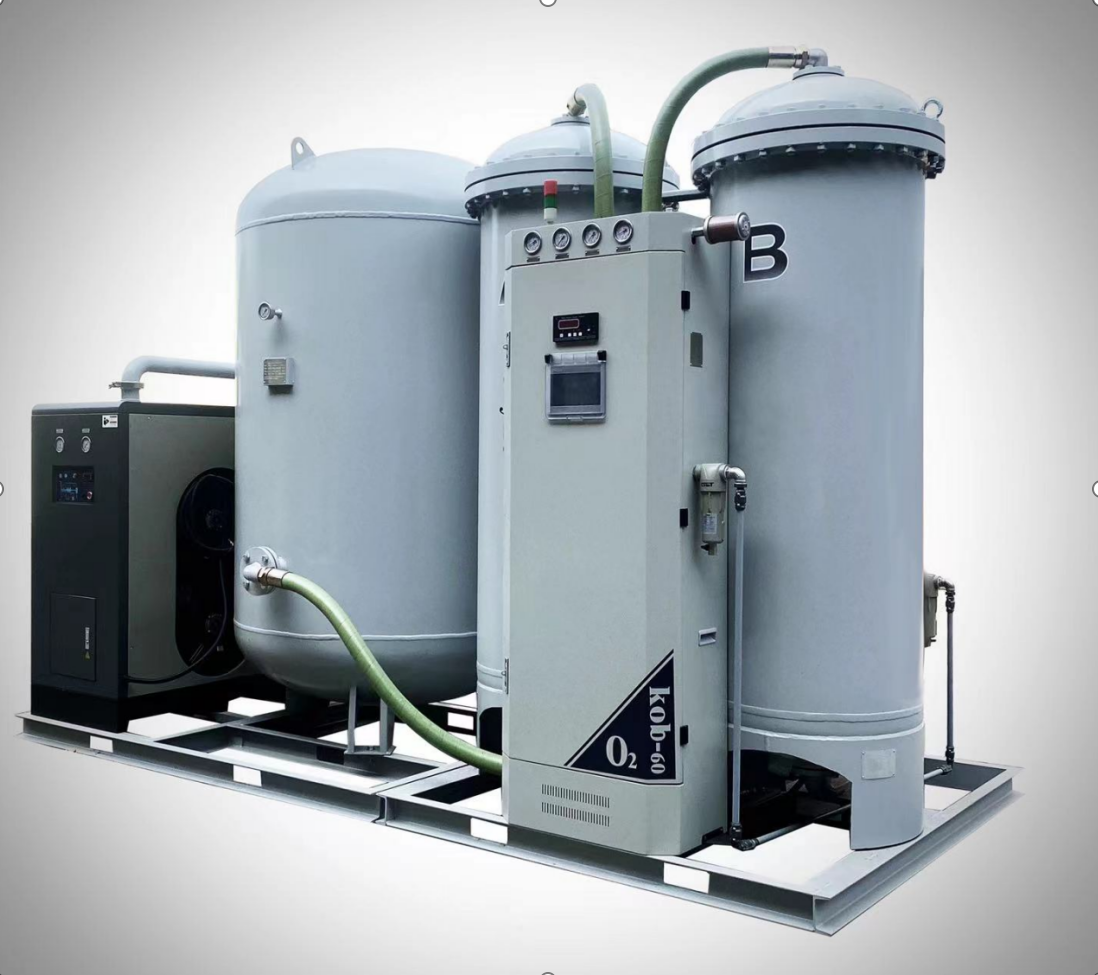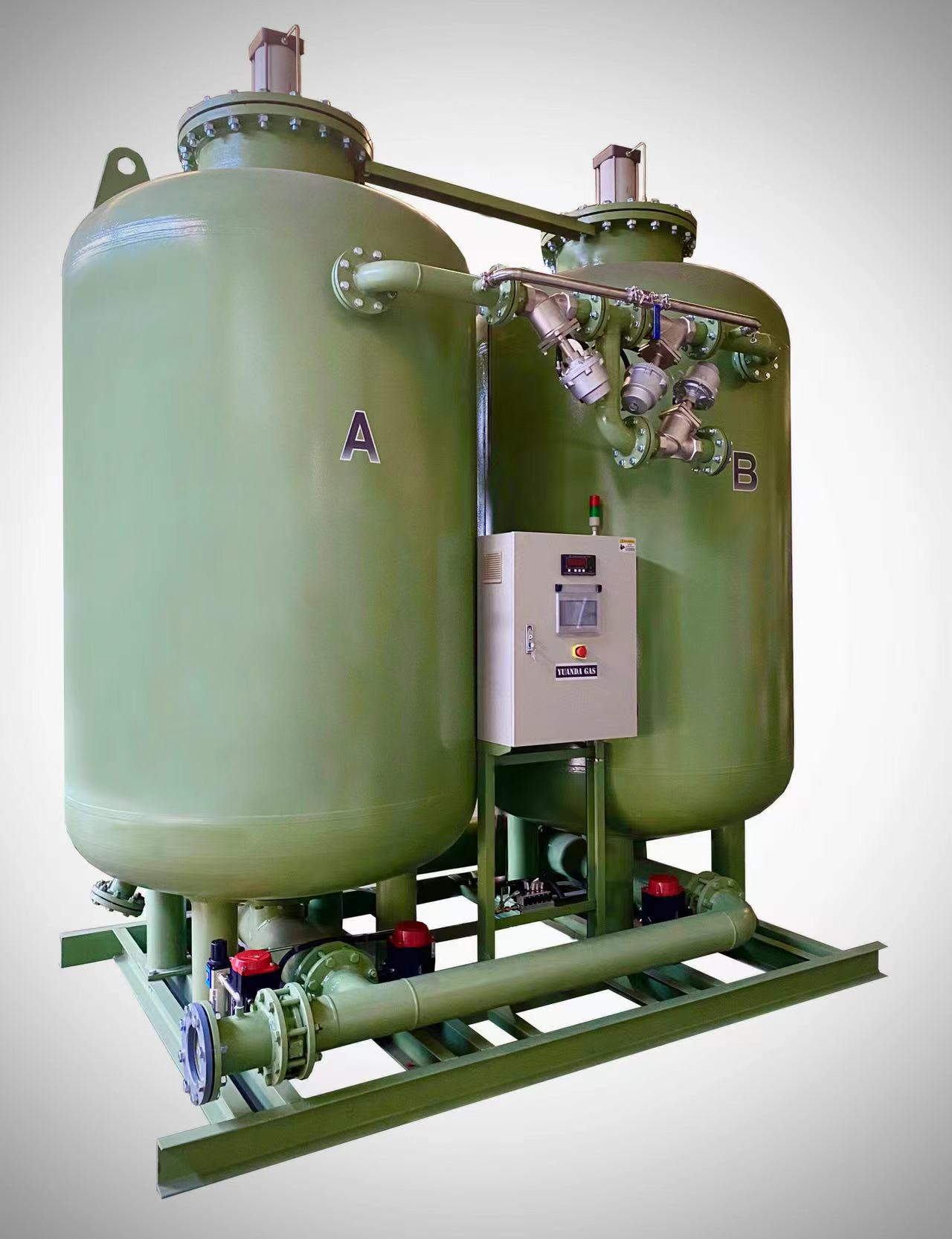સોર્પ્શન ઑક્સિજન વિભાજન પ્લાન્ટ
એડસોરપ્શન ઑક્સીજન વિભાજન યંત્રો ગેઝ વિભાજન ટેક્નોલોજીમાં એક અગ્રગામી પ્રવચન છે, જે દબાણ સ્વિંગ એડસોરપ્શન (PSA) ની સિદ્ધાંતનો ઉપયોગ કરીને આસપાસના હવા થી ઉચ્ચ-શોધિત ઑક્સીજન ઉત્પાદન કરે છે. આ સોફીસ્ટેકેડ સિસ્ટમો વિશેષ મોલેક્યુલર સીવ્સ નો ઉપયોગ કરે છે જે નાઇટ્રોજન મોલેક્યુલ્સને પ્રત્યક્ષ રીતે ધરાવે છે જ્યારે ઑક્સીજનને પસાર થઈ જવા દે છે, જે મુલાકાતી વિભાજન પ્રક્રિયા મળાવે છે. આ યંત્રો દબાણ અને અડુંગાર પ્રક્રિયાની ચક્રવાતી પ્રક્રિયા દ્વારા ચલે છે, જ્યામાં સંપીડિત હવાને જીઓલાઇટ માટેરિયલ ધરાવતા એડસોરબેન્ટ બેડ્સ માં જોરાવવામાં આવે છે. ચલન દરમિયાન, આ યંત્રો અલ્ટર્નેટિંગ ચક્રોમાં કામ કરતા બહુલ એડસોરપ્શન વેસલ્સની મદદથી અતિફલાવાળી ઑક્સીજન ઉત્પાદન કરવામાં સહાય કરે છે, અસતત આપોય માટે જાચક રાખે છે. આ ટેક્નોલોજી ઑક્સીજન શોધિતતાના સ્તરો 95% સુધી પહોંચાડી શકે છે, જે વિવિધ ઔધોગિક અભ્યાસો માટે ઉપયોગી છે. આધુનિક એડસોરપ્શન ઑક્સીજન વિભાજન યંત્રો સંપૂર્ણ વિભાજન પ્રક્રિયાને આંતરિક રીતે વ્યવસ્થિત કરતા ઉચ્ચ નિયંત્રણ સિસ્ટમો સાથે સૌથી છે, જે હવા સંપીડનથી અંતિમ ઑક્સીજન ડેલિવરી સુધી પહોંચાડે છે. આ યંત્રોને મોડ્યુલર કન્ફિગ્યુરેશન સાથે ડિઝાઇન કરવામાં આવે છે, જે માંગની આધારે ઉત્પાદન ક્ષમતાને સરળતાથી સ્કેલ કરવાની મદદ કરે છે. તેમાં ઊર્જા રિકોવરી સિસ્ટમો પણ સમાવેશ થયેલ છે જે દબાણ સ્વિંગ ચક્રો દરમિયાન સંપીડિત હવાનો ફરીથી ઉપયોગ કરવાથી ચલન ખર્ચોને મોટી રીતે ઘટાડે છે.


